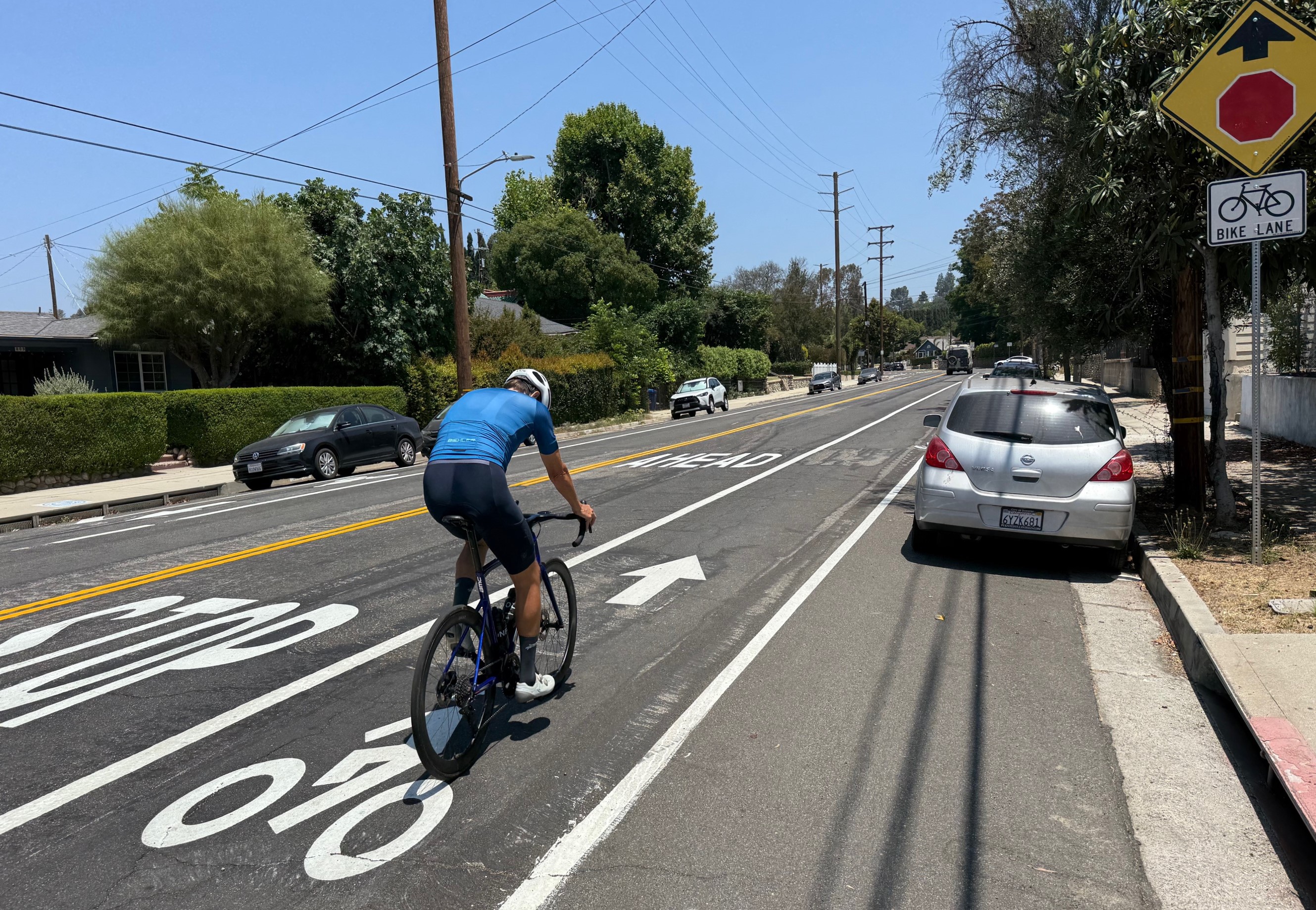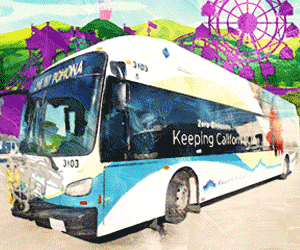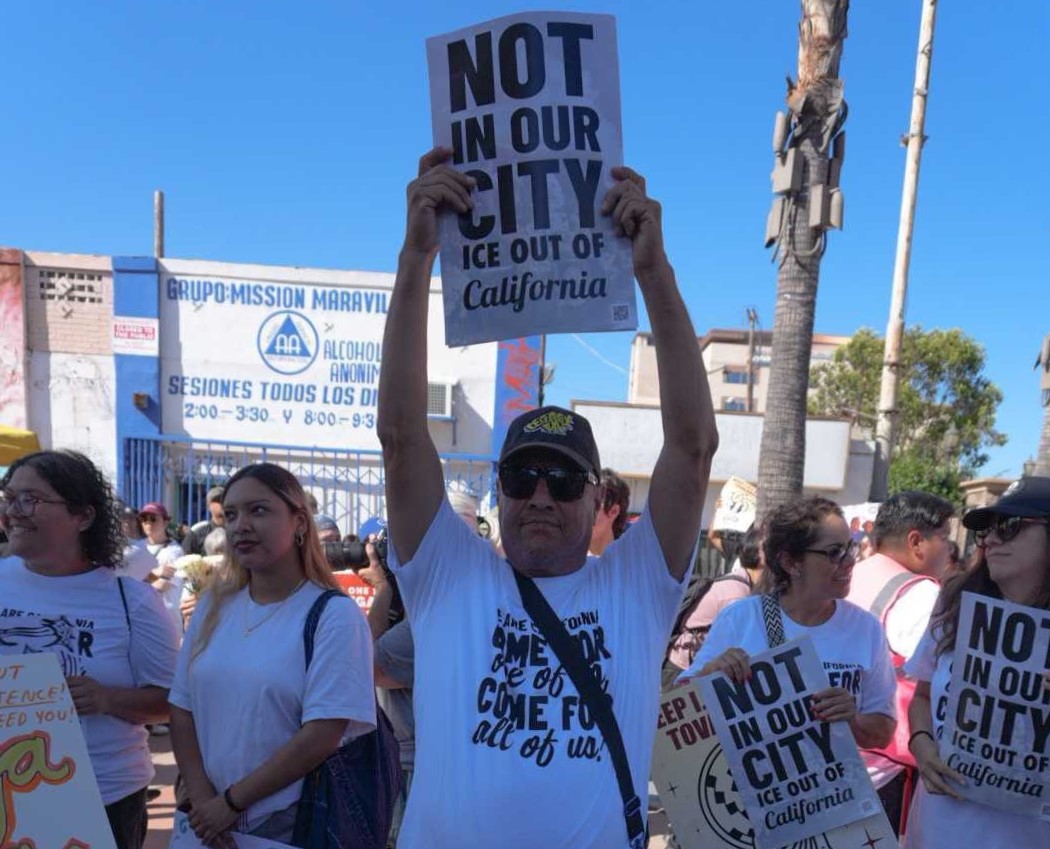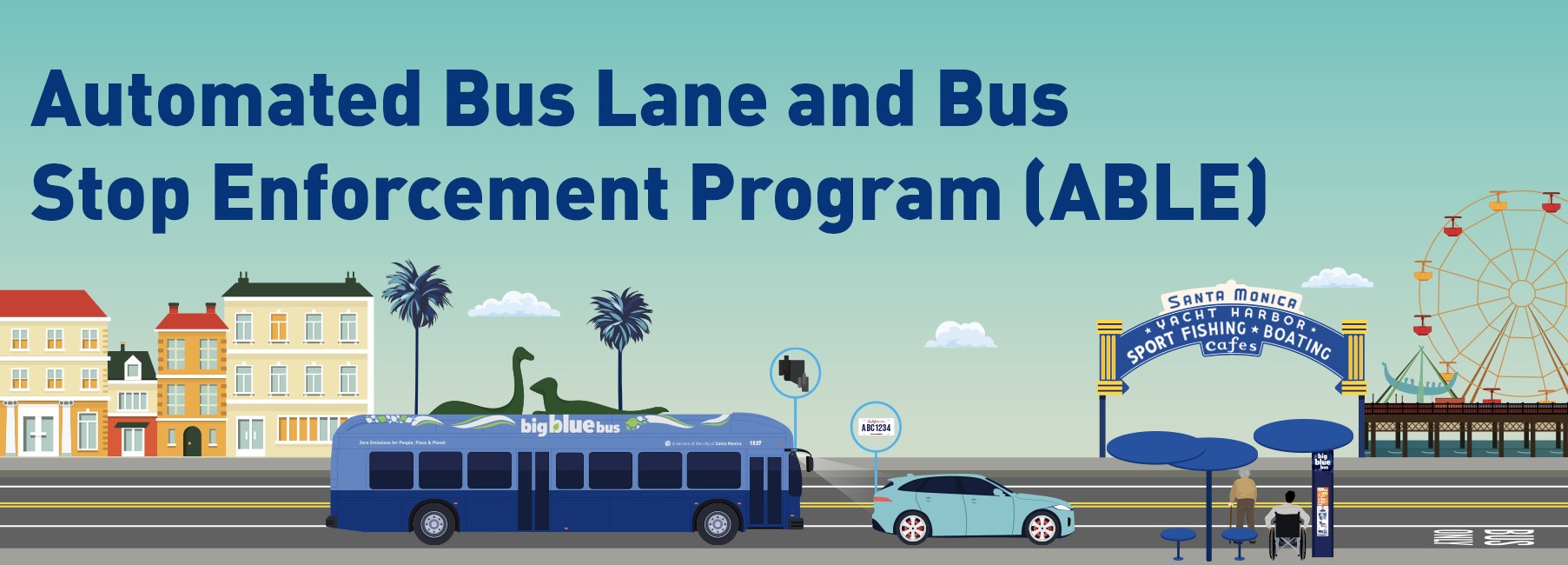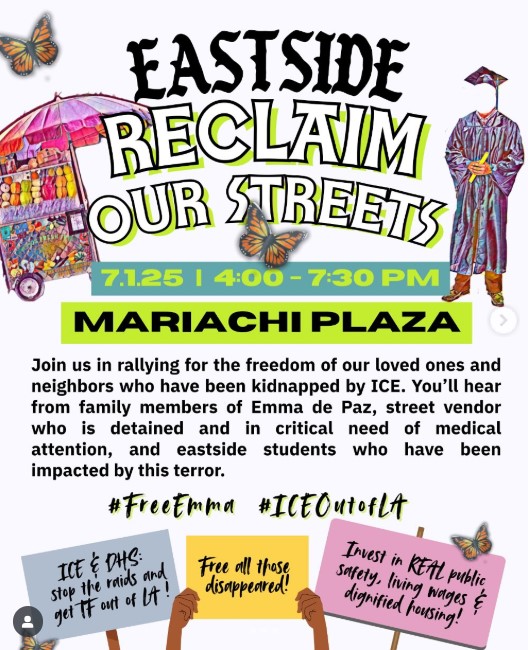From the new San Francisco branch of Streetfilms, Janel Sterbentz takes a look at one of the city's main bicycle routes -- Valencia Street -- and asks how it would function if signals were timed to give cyclists the "Green Wave" instead of cars. Cyclists would get a smoother ride and feel less compelled to roll through red lights. Pedestrians would benefit from slower vehicle speeds and more predictable cyclist behavior. As for transit vehicles, Janel reports, average travel times for trams and buses have improved on Amsterdam streets with a cyclist green wave. Even motorists, it turns out, should be rooting this on:
While naysayers may object that this will increase traffic
congestion, it is more than reasonable to counter that real-time
traffic conditions on Valencia Street have already slowed to a general
range of 8 to 20 mph. It makes logical sense that retiming traffic
signals for actual traffic speeds would increase traffic flow, reduce
idling, and minimize stop-and-go movements, thus decreasing pollution.Portland, Oregon has already realized this and implemented a citywide traffic signal optimization project,
which saves motorists over 1,750,000 gallons of gas and 15,460 tons of
CO2 each year. It cost $533,000, which was paid for by the Climate Trust of Oregon carbon offset program. In downtown Portland nearly every street is timed for 12 mph, making these streets de facto Green Waves.
Despite data from its own models that suggest drivers on Valencia Street would reap similar efficiencies from slower signal timing, the San Francisco MTA refuses to fund a pilot study. In New York, we could see cyclist green waves bringing a more civilized pace to numerous avenues that currently function as speedways, but let's get specific. Tell us which New York City corridors are outright begging for bike-centric signal timing.

